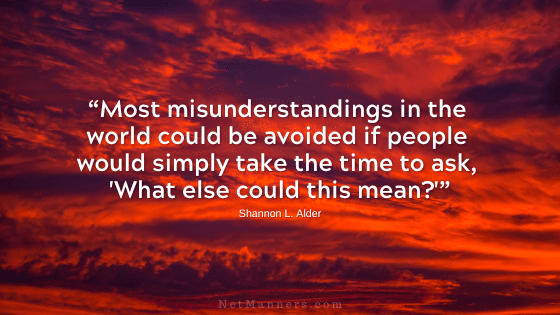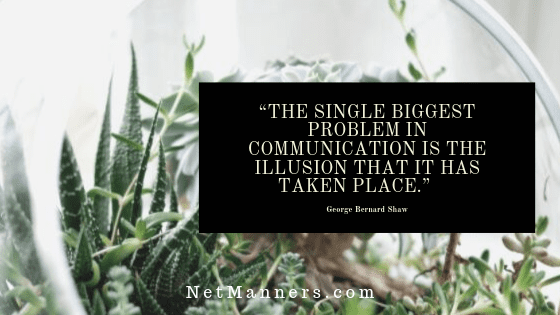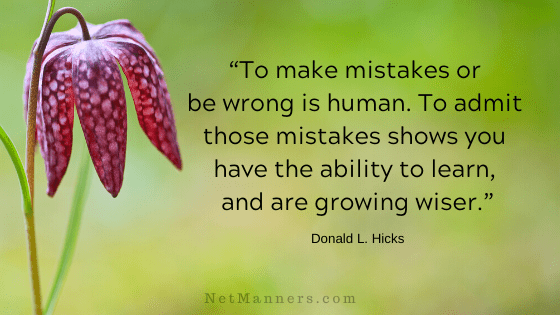Email Sign-off Considerations Including Examples

The topic of how to sign off an email can perplex and concern many a Netizen. Quite a few are just unsure what the best sign-off for some of the emails they send is.
If you worry about being perceived favorably, you probably wonder how to sign off with the appropriate tone and intended meaning. Then some are concerned about not appearing redundant by always including the same closing.
First things first.
All sign-offs need to include your name. Whether you have your first name alone or first and last name depends on your email’s level of formality.
You can include your last name for first-time contacts, but that isn’t necessary for subsequent communications. For example, if your email program is set up correctly, your last name could be in the From field.
Not only does how you display your name set the tone of an email but so does how you choose to sign off. Some have their way of signing off that reflects individuality or their personality. At the same time, others stick to the standards.
For example, I am known for signing off my emails with “At your service,.” So if you see anyone else using that closing, you know where they got it.
Most Popular Email Sign-offs
Tone and Discretion
As with anything to do with email, use your discretion as to what is best for that particular message. For example, you wouldn’t use “I remain yours truly” in business communications.
However, you would use that closing with someone you admire, like, or have a friendly email relationship with. There is a difference between personal relationship emails and those that are strictly business.
Whereas “Regards” is the other end of the scale. Very professional, unemotional, and, depending on the content of the email, could be perceived as an abrupt closing.
It is essential to take the time to choose a sign-off that indicates the overall tone of your email. A sign-off that does not match the essence of the email’s text can be perceived as sarcastic or rude.
For example, I doubt that if you sent a professionally stern email, you would sign off with “Warmly.” That would be viewed as sarcastic.
Sign-off In Line with Context
And that is the dilemma we all face when writing and closing our emails—using our discretion to determine the best words to relay the exact tone and intent with clarity to avoid misunderstandings. And to make sure that our sincerity is what is relayed.
From how you open your email via salutation to the content and then the sign-off, each part of your email is a component that contributes to the overall interpretation of your message.
The truth is many onliners are not clear communicators. That is why working on your online communications is so important. Just a mere century ago, people wrote letters daily. This meant choosing their words carefully and thoughtfully to communicate the emotion and intent of their writings.
Fast forward to this century, and many emails appear to be written by someone who didn’t make it out of grade school. And still, even after email became mainstream, many have yet to hone their writing skills.
The above examples are not the end-all-be-all either. For example, your sign-off isn’t exclusively the words above your name separated by a comma. You can also use phrases that reflect the purpose of and close your email.
Additional Sign-offs and Closings
Your closing, while very important, is only the icing on the cake. First, it needs to be in line with your email’s overall tone and demeanor as a whole. Only then can you ensure that your message is received as intended and leaves no room for misunderstandings or incorrect perceptions.
By taking your time and choosing your words carefully, your sign-offs will be one more indicator of what a pleasure it will be to communicate with you.






